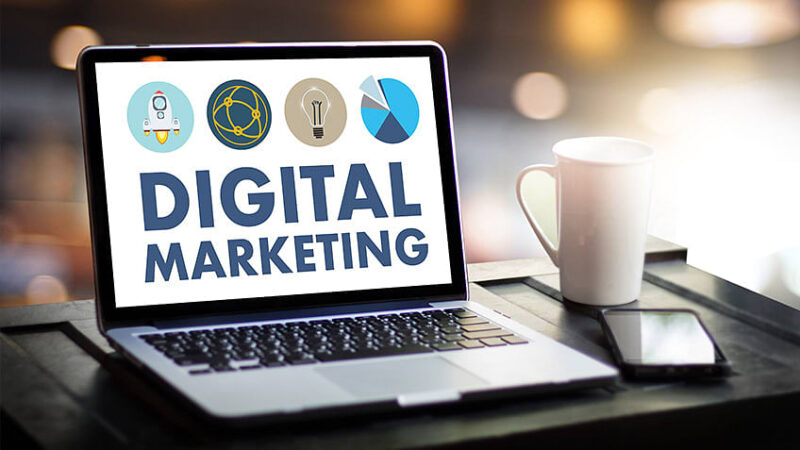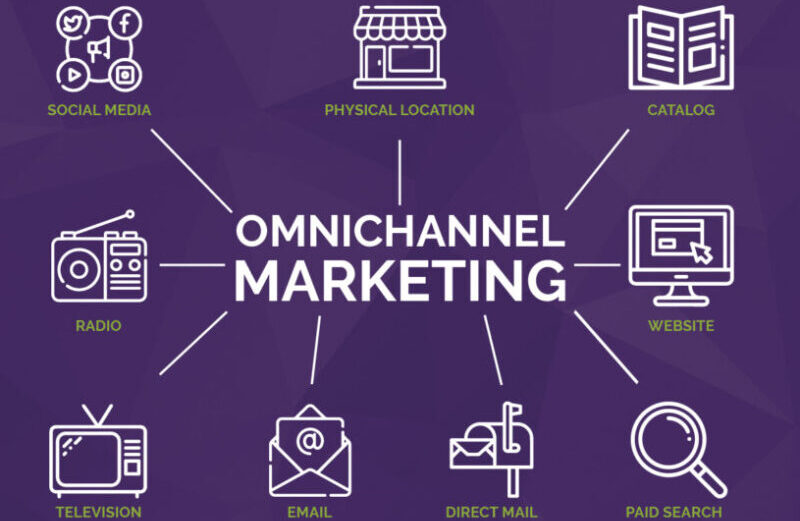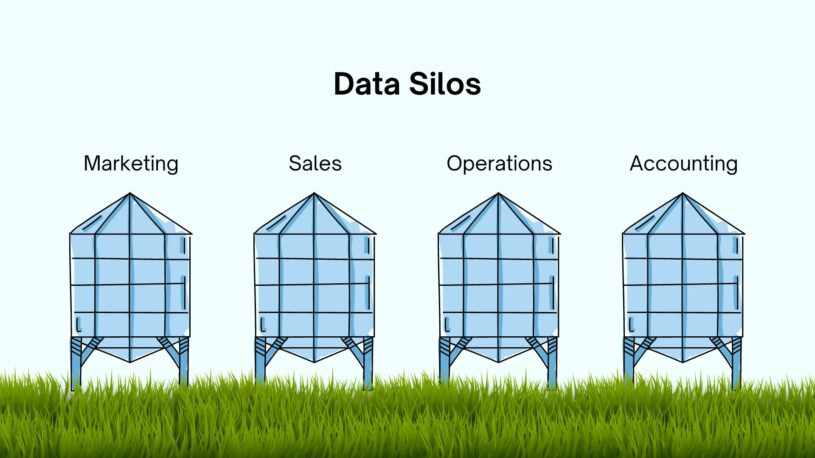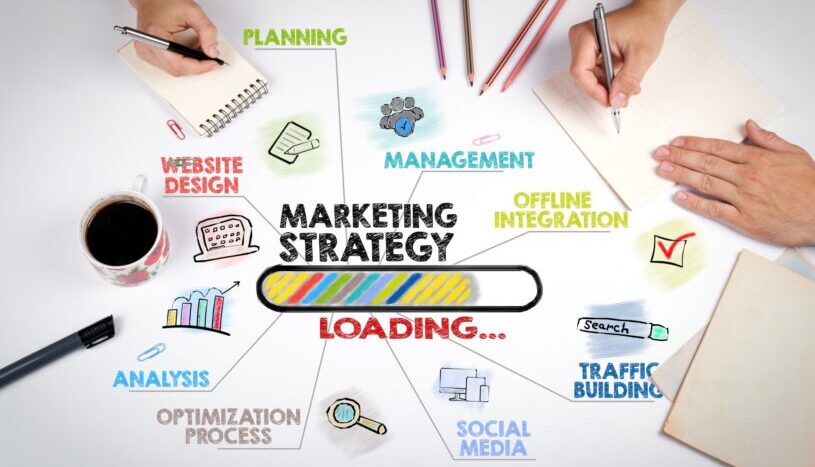In today’s fast-paced world, businesses are constantly seeking ways to stay ahead of the curve. One of the most significant challenges they face is integrating their online and offline marketing strategies.
With the rise of digital platforms, it’s easy to overlook the power of traditional marketing methods like the ones you can check out on this website. However, when harmonized correctly, these two worlds can create a symphony of success for businesses.
Evolution of Marketing Landscape
The marketing landscape has undergone significant changes over the past few decades. From traditional billboards and TV commercials to social media ads and influencer partnerships, the shift has been monumental.
The Rise of Digital Marketing

The advent of the internet brought about a new era of marketing. Digital marketing, with its ability to target specific demographics and measure results in real-time, has become a game-changer for businesses.
Social media platforms, search engines, and email campaigns offer a direct line to potential customers, allowing for personalized and timely interactions.
Resilience of Traditional Marketing
Despite the surge in digital marketing, traditional methods like print ads, radio spots, and event sponsorships remain relevant. These methods have a tangible presence, creating lasting impressions on consumers.
Their resilience stems from their ability to evoke emotions and build trust, especially in local markets.
Technology’s Role
Technology has been the driving force behind the integration of digital and offline marketing. It’s the bridge that connects these two worlds, ensuring that they complement rather than compete with each other.
Data Analytics and Insights

Data is the backbone of any successful marketing strategy. With advanced analytics tools, businesses can gather insights from both online and offline campaigns. Read how using analytics can improve digital marketing ROI.
This data-driven approach allows for a more holistic view of customer behavior, helping marketers fine-tune their strategies for maximum impact.
Augmented Reality (AR) and QR Codes
AR and QR codes are perfect examples of how technology can seamlessly merge the digital and physical realms. By scanning a QR code with a smartphone, consumers can access digital content, offers, or product information.
Similarly, AR can enhance print ads or in-store experiences by overlaying digital information or interactive elements.
Strategies for a Cohesive Approach
To truly harmonize digital and offline marketing, businesses need to adopt strategies that leverage the strengths of both realms. This involves understanding the unique advantages each offers and finding innovative ways to integrate them.
Omnichannel Marketing

Omnichannel marketing is about providing a consistent and unified customer experience across all touchpoints, be it online or offline.
This approach ensures that whether a customer interacts with a brand through a social media ad, a physical store, or a print brochure, their experience is consistent and complementary.
Event-Driven Digital Campaigns
Events, whether they’re trade shows, product launches, or community gatherings, offer a prime opportunity to integrate digital marketing.
By promoting events online, leveraging event-specific hashtags, or offering digital perks to attendees, businesses can create a buzz both online and offline.
The Power of Personalization
In an age where consumers are bombarded with information, personalization stands out as a beacon of relevance. It’s about delivering the right message to the right person at the right time, and technology plays a pivotal role in achieving this.
Digital Personalization Tools

Digital platforms offer a plethora of tools to tailor content to individual users. From personalized email campaigns based on browsing history to dynamic website content that changes based on user behavior, these tools ensure that digital interactions are always relevant and engaging.
Offline Personalization through Tech
Even in the offline world, technology is making waves. For instance, beacon technology in retail stores can send personalized offers to shoppers’ smartphones based on their in-store behavior.
Similarly, interactive kiosks can offer product recommendations based on user input, bridging the gap between offline and online experiences.
Potential Challenges in Bridging the Gap
While the potential benefits of a harmonized marketing approach are immense, there are challenges that businesses must navigate to successfully integrate their digital and offline efforts.
Data Silos and Integration

One of the primary challenges is the existence of data silos. Often, digital and offline data are stored separately, making it difficult to gain a unified view of customer interactions.
Overcoming this requires robust data integration solutions and a commitment to breaking down organizational silos.
Maintaining Brand Consistency
Ensuring that the brand message remains consistent across diverse platforms is another challenge.
This requires a well-defined brand guideline and regular communication between digital and offline marketing teams to ensure that campaigns, irrespective of the medium, resonate with the brand’s core values.
Actionable Takeaways for Businesses

For businesses looking to harmonize their digital and offline marketing strategies, there are clear steps to follow. These actionable takeaways can guide businesses on this transformative journey.
Invest in Cross-Training
It’s essential for digital and offline marketing teams to understand each other’s domains. Investing in cross-training ensures that both teams can collaborate effectively, leveraging the strengths of each medium to create a cohesive strategy.
Embrace Technology Innovations
From AR to AI, new technologies are emerging at a rapid pace. Businesses should stay abreast of these developments, experimenting with innovative tools and platforms to find the perfect blend of digital and offline interactions that resonate with their audience.
Case Studies: Success in Harmonization
Real-world examples often provide the most compelling evidence of the power of integrating digital and offline marketing. Here are some businesses that have successfully harmonized their efforts, reaping significant rewards.
IKEA’s AR Catalog

IKEA, the global furniture giant, seamlessly blended digital and offline marketing with its augmented reality (AR) catalog. Customers could use their smartphones to visualize how furniture would look in their homes before making a purchase.
This innovative approach not only enhanced the shopping experience but also bridged the gap between the physical catalog and the digital realm.
Pepsi’s Interactive Bus Shelter
Pepsi transformed an ordinary bus shelter in London into an interactive experience. Using AR, passersby saw themselves on a screen with unbelievable scenarios, from alien invasions to prowling tigers.
While this was an offline experience, the buzz it generated was immense, with videos of the campaign going viral online, showcasing the power of blending offline events with digital reach.
The Bottom Line
The future of marketing lies in the harmonization of digital and offline strategies. When orchestrated correctly, these two worlds can create a symphony of interactions that captivate and engage audiences like never before.
Harmonizing efforts is not a one-time task but a continuous journey. As consumer behaviors evolve and technologies advance, businesses must be agile, adapting their strategies to ensure they remain relevant and effective.
In the end, success in today’s complex marketing landscape is all about embracing the blend. By leveraging the unique strengths of both digital and offline marketing, businesses can create a holistic strategy that resonates with audiences, driving growth and ensuring long-term success.
